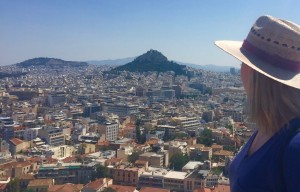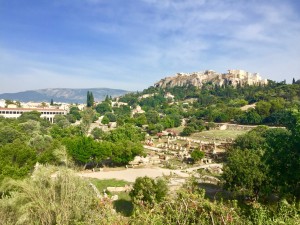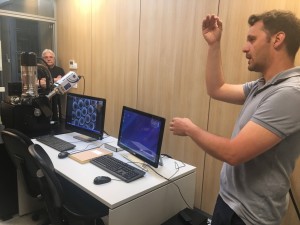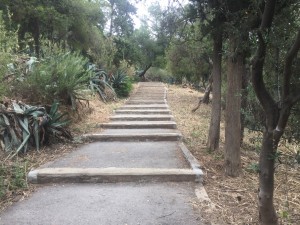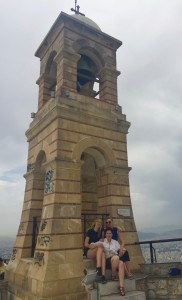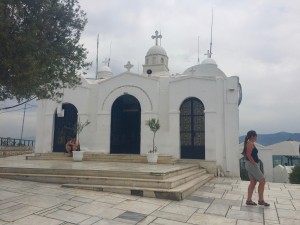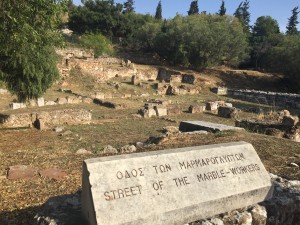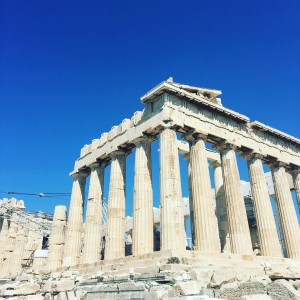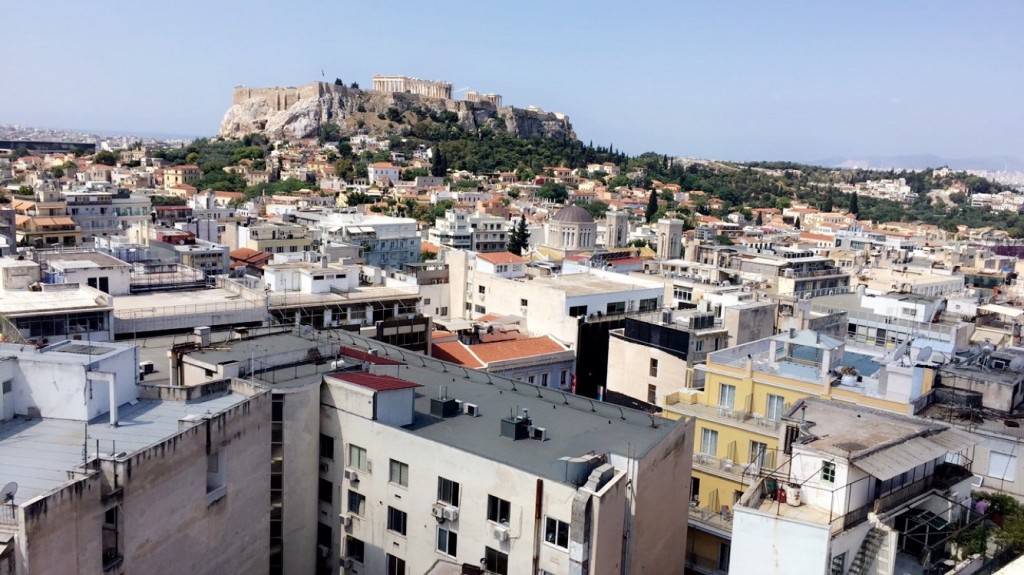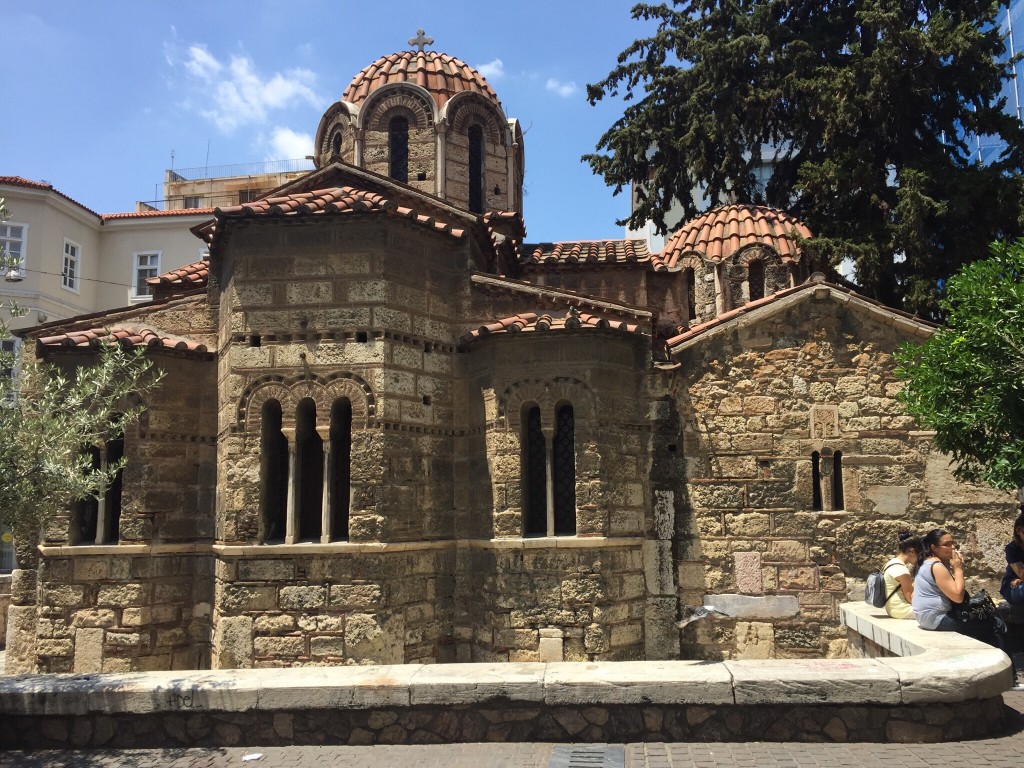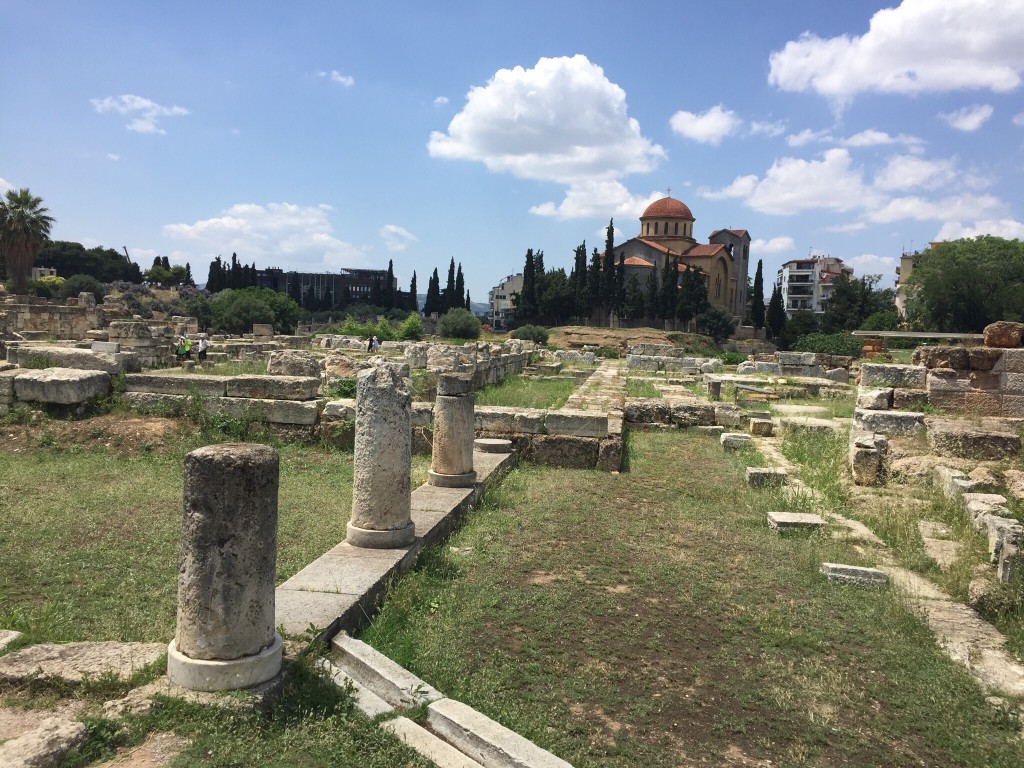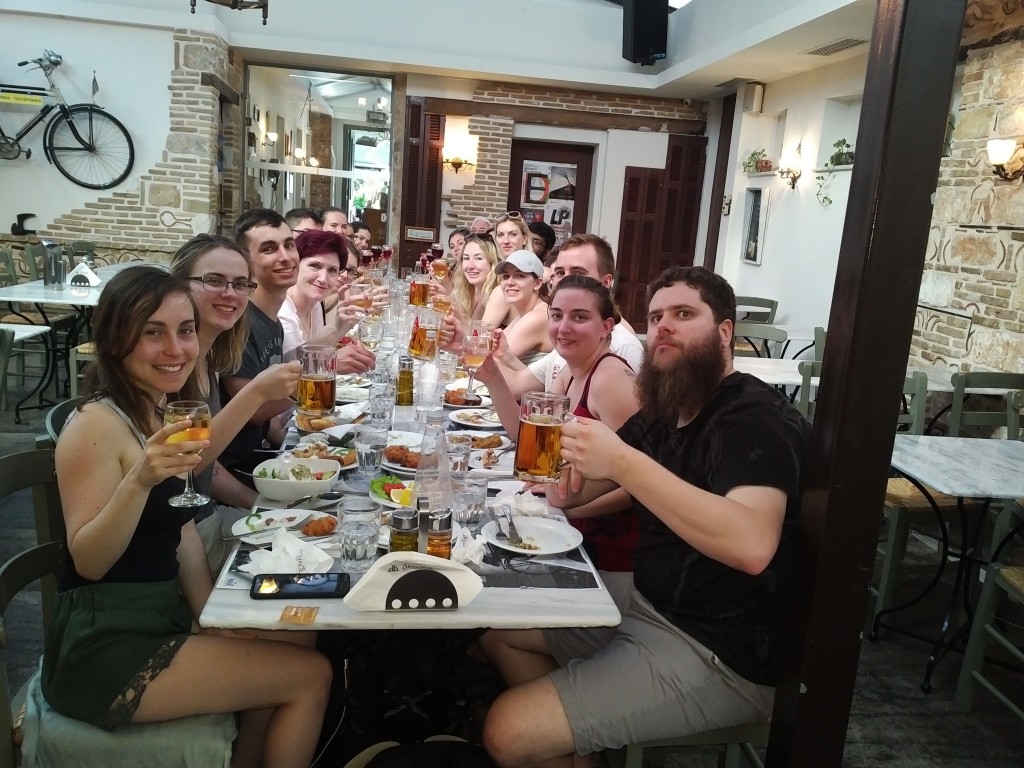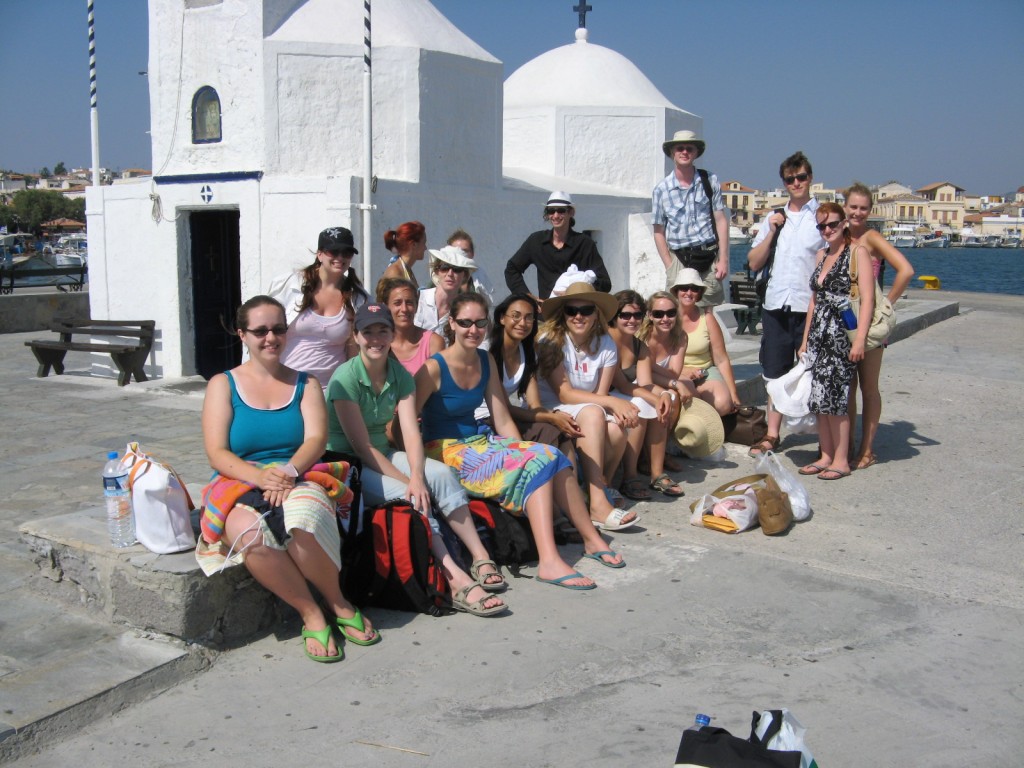By: Lauren Thurner
What do you think of when you hear the word, tombstone? An image of a graveyard may have popped into your mind or possibly the letters RIP with a corresponding name and date. These are all characteristics of a modern, idealized burial. We, much like the Greeks, commemorate our dead with tombstones, however, there are significant differences between our tombstones and the tombstones of Ancient Greece; known as grave stelai. I will discuss with you the meaning of grave stelai using the Stele of Hegeso as an example.
The Stele of Hegeso is a funerary monument attributed to the sculptor Kallimachos. The stele stands at a height of 1.58 m and dates back to approximately 400 BCE. The monument is a relief sculpture carved from pentelic marble (the marble of Athens) and was discovered in the Kerameikos Cemetery in Athens as part of the Koroibos’ family plot. The monument is in good condition with the only restorations taking place on the exterior of the frame. The stele depicts two figures; a standing female figure who is identified as a maid and a resting female figure identified as Hegeso. Neither figure portrays any facial expression which is characteristic of the time period (Pedley, 2012). Hegeso seems to be examining the contents of a jewelry box offered by her maid and is holding something that is now lost to us as the image was painted on (Hegeso Stele, n.d.). Around the border of the stele is an architectural frame intended to represent importance and respect (Pedley, 2012). The figures overlap the border and are depicted on a ¾ angle. These elements make the composition seem more dynamic and allow the figures to stand out as opposed to being limited within the frame.
There are many elements of the stele which suggests Hegeso was a figure of high status. Her wardrobe is more elaborate when compared to her attendant. Hegeso wears a himation (wrap) over a chiton (draped garment), a snood worn over her hair and intricate sandals. She is also seated on a lavish chair and even owns a foot rest. Finally, her larger size indicates that she is the significant figure in the portrait (Hegeso Stele, n.d.). In contrast, her attendant wears a simple tunic and head scarf and must stand in order to serve Hegeso. Therefore, it may be stated that Hegeso was a wealthy aristocratic woman.
Not only did Hegeso have wealth, she was deemed important enough to have a stele created in her honor. To elaborate, an inscription runs across the epistyle (the beam which rests on top of the columns) naming Hegeso the deceased, daughter of Proxenos. By including Hegeso’s father’s name in the inscription, observers are able to associate her with a wealthy family. It’s a statement of status (Hegeso Stele, n.d.). Women also became more important during this time period due to the passing of the Periklean law in 451 BCE. The Periklean law states that a citizen must have Athenian born parents. Therefore, Athenian women were elevated in importance as they were needed in order to create the next generation of citizens. As a result, Hegeso, and other Athenian women, became the focus of the household.
This monument can be considered typical as it represents the common characteristics of grave stelai. To begin, women were considered appropriate funerary subject matter and so depicting two women on a grave stele can be considered normal practice (Hegeso Stele, n.d.). Further characteristics include the depiction of social category and family status as displayed by Hegeso’s lavish clothing, expensive objects, her maid as well as the inscription which makes mention to her father. Imagery is idealized as Hegeso is surrounded by riches and has a servant. Finally, a typical grave stele would include both public and private messages. A grave stele is public in nature, however, in this case, elements such as the columns allude to the city state (polis). Furthermore, private messages relating to the household (oikos) are depicted as the focus is on a woman in a domestic setting; actions of the oikos make up the polis.
Few questions remain for this object since it was uncovered in good condition and its intent is clear, yet it leaves the viewer wondering, what type of jewelry was Hegeso holding and what does it represent? When examining it on site I look forward to getting a better view of the incised details. Since the monument was carved as a relief, it is difficult to make out the depth of the carving and appreciate the included details, such as the modeling of the hair, drapery and inscription, by solely looking at photos.
References
Hegeso Stele (n.d.). Retrieved from
https://wilcox.ku.edu/%C2%A0%C2%A0hegeso-stele
National Archaeological Museum . (n.d.). Retrieved from
http://www.namuseum.gr/collections/sculpture/classical/classic11-en.html
Pedley, John Griffiths. Greek art and archaeology. 5th ed. Boston: Prentice Hall, 2012. Print.

